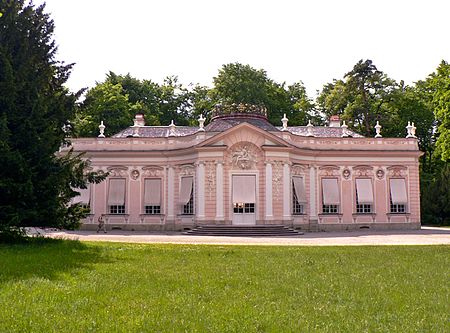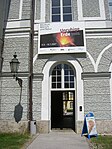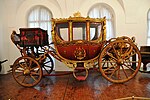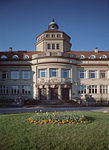Amalienburg
1739 establishments in the Holy Roman EmpireBuildings and structures in MunichCastles in BavariaHistoric house museums in GermanyHouses completed in 1739 ... and 5 more
Museums in MunichPalaces in BavariaRococo architecture of GermanyRoyal residences in BavariaTourist attractions in Munich

The Amalienburg is an elaborate hunting lodge on the grounds of the Nymphenburg Palace Park, Munich, in southern Germany. It was designed by François de Cuvilliés in Rococo style and constructed between 1734 and 1739 for Elector Karl Albrecht and later Holy Roman Emperor Charles VII and his wife, Maria Amalia of Austria.
Excerpt from the Wikipedia article Amalienburg (License: CC BY-SA 3.0, Authors, Images).Amalienburg
Zuccalistraße, Munich Nymphenburg
Geographical coordinates (GPS) Address Website External links Nearby Places Show on map
Geographical coordinates (GPS)
| Latitude | Longitude |
|---|---|
| N 48.156111111111 ° | E 11.500555555556 ° |
Address
Amalienburg
Zuccalistraße
80639 Munich, Nymphenburg
Bavaria, Germany
Open on Google Maps








